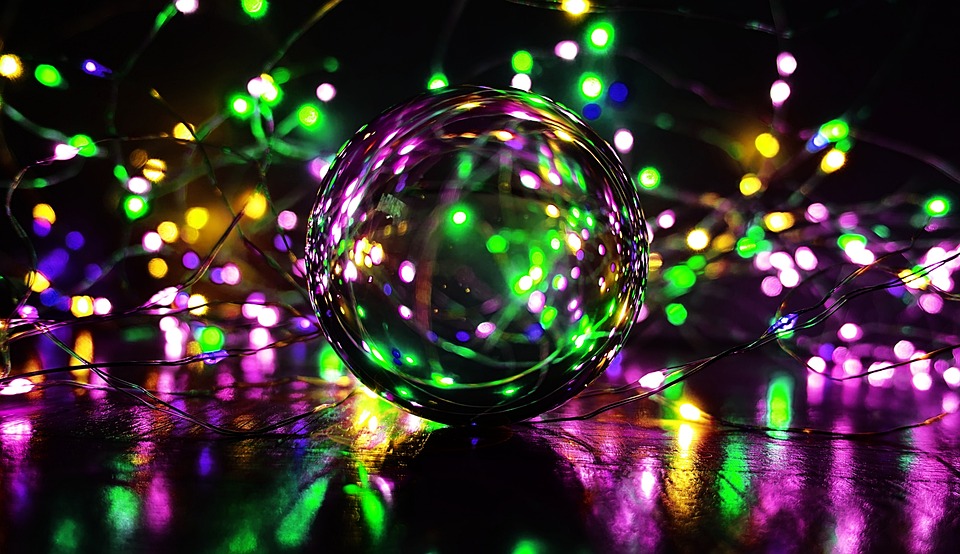The Magic of Refraction: How Light Creates a Spectrum of Colors
Have you ever gazed at a stunning rainbow after a refreshing rain shower, mesmerized by the vibrant colors dancing in the sky? Or, have you marveled at the prismatic colors emitted by a disco ball spinning at a party? If so, you’ve likely been fascinated by the phenomenon of refraction – the magic of light transforming into a spectrum of colors. In this article, we’ll delve into the fascinating science behind this wondrous spectacle and explore the many applications of refraction in our daily lives.
What is Refraction?
Refraction occurs when light passes from one medium to another, causing it to bend or change direction. This bending effect happens when light encounters a substance with a different optical density, such as air, water, or glass. Imagine light as a flexible beam, bending and adapting to the shape of its new environment. This adaptability allows refraction to occur, giving us the beautiful and varied colors we see in the natural world.
The Prism: A Key Player in Refraction
One of the most famous demonstrations of refraction is the use of a prism. A prism is a transparent optical element that bends and separates white light into its component colors, creating a beautiful spectrum of colors. When white light enters the prism, the different wavelengths (or colors) of light are refracted at slightly different angles, producing a rainbow effect.
Rainbows: Nature’s Canvas
Rainbows are one of the most striking displays of refraction. When sunlight enters Earth’s atmosphere, it encounters water droplets suspended in the air, which act as prisms. As the sunlight is refracted, the different colors are bent at different angles, creating the colors we see in the rainbow. The colors of the rainbow always appear in the same order: red, orange, yellow, green, blue, indigo, and violet.
Beyond Rainbows: Applications of Refraction
Refraction plays a crucial role in many everyday objects and technologies:
- Fiber Optic Cables: Refraction is used to transmit data as light signals through fiber optic cables. These cables use a prism-like structure to separate the different wavelengths of light, allowing data to be transmitted at incredible speeds.
- Mirrors: Refraction is used to create mirrors with precision-cut angles to focus and reflect light.
- Lasers: Refraction is essential for laser technology, which uses precision-cut glass prisms to redirect and focus laser beams.
- Lenses: Refraction is the foundation for the creation of lenses, which focus and refract light in a specific way to correct vision, take photographs, and magnify objects.
FAQs:
- Why do I see only the colors of the rainbow when looking through a prism? The reason is that white light contains all the colors of the visible spectrum. When light is refracted through a prism, the different colors bend at different angles, resulting in a band of colors, or a spectrum.
- Can refraction occur with sound waves? While sound waves do bend around obstacles, this phenomenon is different from the bending of light due to refraction. Sound waves can change direction through the properties of their medium, but it’s not the same as light refracting through a new medium.
- Is refraction a purely physical phenomenon? While the principles of refraction are governed by physics, the concept of color and its interpretation is a human perception. In this sense, refraction can be considered a multidisciplinary phenomenon, involving both physics and human experience.
- Can refraction occur in any medium? Refraction typically occurs in a medium with a distinct optical density, such as air, water, glass, or fiber optic cables. In mediums with the same optical density, such as in vacuum, refraction is less noticeable or non-existent.
As we gaze upon the wonders of refraction, we’re reminded of the incredible diversity of natural phenomena and the ways in which our world works. The magic of refraction inspires awe, sparks curiosity, and invites us to explore the intricacies of the universe we inhabit.



